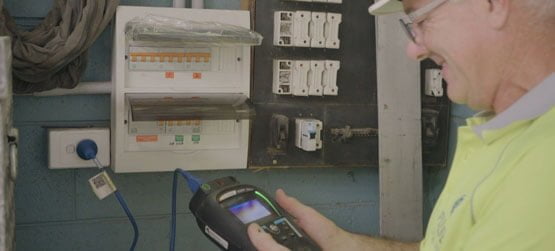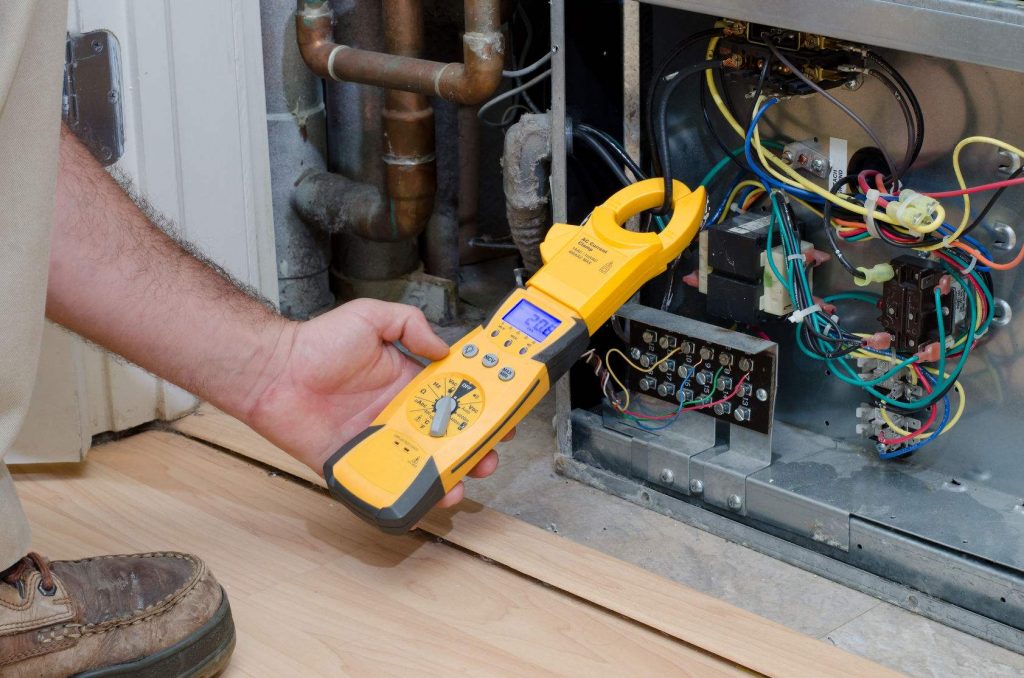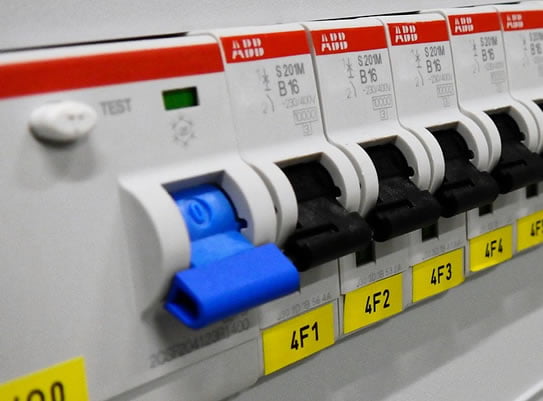RCD / Safety Switches Testing
Australia's #1 Choice For Test & Tag Services
- RCD And Safety Switch Testing
- Residential & Commercial Testing For RCD & Safety Switches
- Same Day Quote & Service Available*
- Certified Pulse Technicians Australia Wide
- Competitive Pricing With Reliable Quality Results
5 STAR REVIEWS


RCD / Safety Switches
RCD’s ( Residual Current Device) otherwise known as Safety Switches play a very important role both the workplace and home when relating to electrical safety.
An RCD is often located within the switchboard of a home or office and can often be detected by the push button Test switch. RCD’s must be tested periodically to ensure they are compliant to the Australian Standards. Sites required include Office buildings, Workshops, Portable sites and also building sites where portable RCD’s are often located.

Do I need to test my RCD?
Yes. A manual trip must be performed every 6 months, with a Trip Time test conducted annually. A record and report is conducted to ensure the RCD is in safe and compliant working order to the AS/NZS 3760.

How to test an RCD?
A competent and trained person tests and RCD under the ASNZS 3760.
An RCD is tested through the process of conducting the push button test, ensuring the RCD trips accordingly breaking the electrical connection to any electrical equipment on that circuit. A test is conducted to again trip the circuit to ensure that the RCD trips within the maximum allowance of leakage, these results are then logged and labelled.

How does an RCD work?
An RCD constantly monitors the current flow of the Active and Neutral wires that supply current to a piece of equipment plugged into a power point. When running correctly the current flowing between the Active and Neutral wires is equal, but when an earth leakage is detected due to a fault in the circuit or the equipment, this imbalance is detected by the RCD which cuts power to the circuit before injury of damage can occur.
An RCD detects and disconnects in under 20 milliseconds of the leakage current, stopping the flow of electricity potentially through a person’s body to earth, most importantly, the RCD will disconnect the power supply in sufficient time than the cardiac cycle therefore greatly reducing the risk of death or serious injury as detailed below.
0-1 mA – Perception level, slight tingling, minimal reaction in most cases
1-5 mA – Slight shock felt, not painful but tingling sensations. Involuntary muscle reactions may occur
6-15mA – Painful shock, involuntary muscle contractions. Can be difficult to let go of equipment while current is flowing.
16- 40mA – Severe Pain and shock. Potential breathing difficulties above 20mA. Possibility of reversible disturbance to rhythm of the heard and cardiac arrest is possible at higher current levels.
40 -300mA – Very severe and painful shock. With potential for severe muscle contractions and nerve damage, Ventricular fibrillation (uncoordinated / uneven pumping of the heart). Heavy burns into higher current flow with electrocution and full cardiac arrest occurring with a potential of death.

How can I find more information about RCD regulations?
Below is a link to the Electrical Safety Code of Practice as well as regulations across Australia.
Click here to download your copy of the Electrical Safety Code of Practice.
Click here to download your copy of the model WHS Act and Regulations
Primary Source – Safe Work Australia
QLD ACT and Regulations can be downloaded here – QLD Electrical Safety Act and Regulations.

